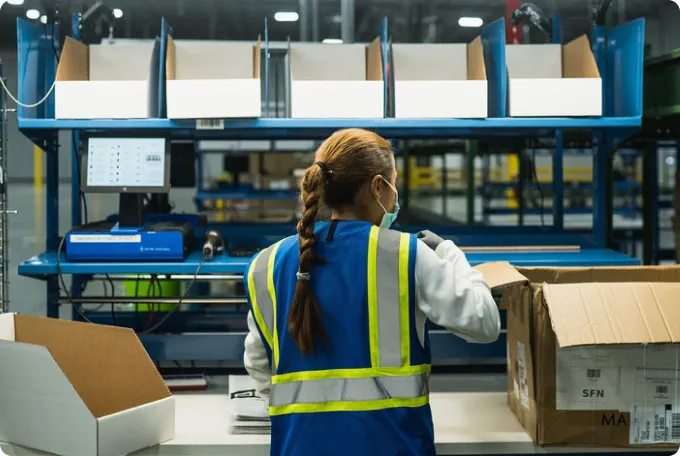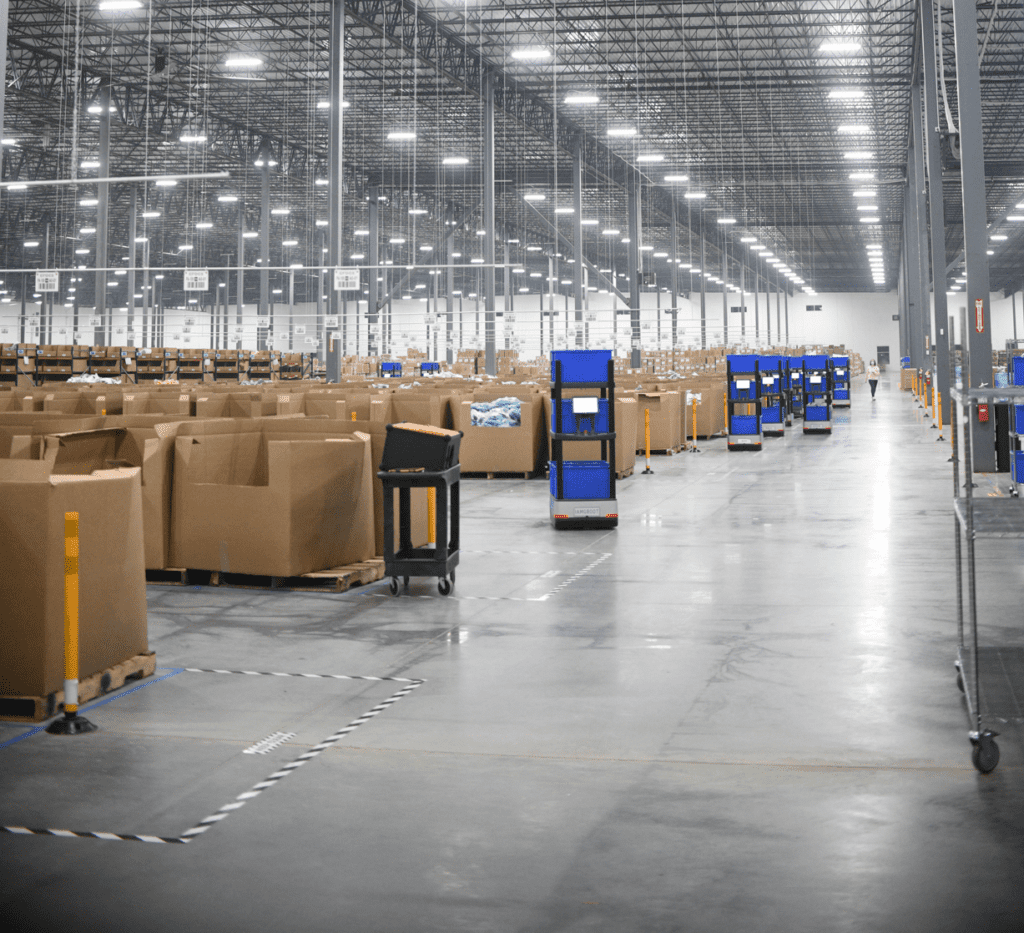At the beginning of 2023, labor shortages are still impacting many industries. According to the US Bureau of Labor Statistics (BLS), the labor force participation rate in the United States as of March 2023 was only 62.6%. For warehousing and logistics, workers are increasingly hard to find with 488,000 job vacancies as of February 2023. Lack of skilled labor makes it challenging to meet growth and performance targets when you can’t find the people you need.
In addition to finding labor, retaining labor is also a challenge. Warehouse jobs are often physically demanding with long hours and overtime shifts. Many warehouse tasks are dirty, dull and potentially dangerous. It’s hard work and with less available labor, current employees are feeling overworked and under-appreciated. In addition, the workforce is changing. The aging labor force and a younger generation joining the labor pool will have a major impact on businesses going forward.
Challenges Impacting Labor Availability
Retirement
The aging workforce has caused a gap in available labor. Aside from many baby-boomers retiring during the pandemic in 2020, the trend will continue to go up for a few more years because the post-WWII baby boom peaked in 1960. Since most people leave the labor force at age 65, when they can collect full social security benefits, the number of people retiring will continue to rise through 2025, when the numbers start to decline.
Millennials Are On the Rise
Born between 1981 and 1996, millennials are rising into leadership positions in warehouses as the previous generation retires. Millennials have grown up with the internet and smartphones, and they have different expectations than their predecessors. Millennials want an employer that cares about their well-being, more work-life balance and job stability. This new generation of leaders wants more purposeful work.
High Quit Rates
In 2022, 50.5 million people quit their jobs. People didn’t just resign and leave the workforce – they quit their job because they found another opportunity with better pay, work flexibility, benefits, or corporate culture. Warehouse associates are on their feet all day, walking up and down aisles. It isn’t an easy job, which causes many warehouse associates to rethink their career path.

Retaining Labor
With employees leaving their jobs and transitioning to more appealing or fulfilling work, attracting warehouse employees is challenging. Companies are using incentives such as hiring bonuses or increased wages to draw people in. Oftentimes, warehouses have to scale up for seasonal spikes as well. With this in mind, incentivizing your most productive seasonal hires with a permanent position after peak can help retain skilled labor for the future.
Many of the top logistics companies offer benefits that include:
- Competitive wages – increasing hourly wages to accommodate cost of living and inflation as well as differentials for overtime
- Healthcare – insurance coverage gives employees peace of mind when it comes to seeking medical care when needed
- Flexible working hours – swapping shifts to accommodate sicknesses, to attend a training, and working remotely (as appropriate for the role) are all aspects of flexible working arrangements
- High-quality cafeterias – lower cost or free meals for associates
- Tuition reimbursement for college classes or training courses
- Company events to boost morale
Using Autonomous Mobile Robots to Retain Labor
In addition to the benefits listed above, many operations are looking to innovate their operations to make a warehousing career more attractive. Implementing flexible warehouse automation, such as autonomous mobile robots (AMRs) can take manual picking operations from mundane and labor intensive to more engaging and more productive for your warehouse associates.
With system-directed workflows, 6 River Systems AMRs travel autonomously throughout a facility directing an associate to a precise pick location. Once all orders have been picked, the AMR travels to a shipping area.

Learn more about Autonomous Mobile Robots
Here are 5 ways AMRs improve labor efficiency:
- Increased Productivity
Order pick rates with AMRs can improve by double or triple over manual methods. By reducing extra walks throughout the warehouse, associates spend more time picking and less time searching for products. Increasing throughput today supports growth for future demand. - Ability to Better Manage Peaks
Instead of hiring more labor during peak, consider supporting the associates you already have by increasing their productivity. AMRs provide more flexibility in dealing with fluctuating demand. Additional AMRs can be deployed to reduce manual work and get more orders out the door. - Better Accuracy
Customer satisfaction is enormously impacted by accuracy. To avoid mispicks and improve order accuracy, AMRs can be integrated with barcode scanners and pick lights for confirming picks. This ensures customer orders will be fulfilled correctly, the first time, to reduce errors and the risk of a return. - Real Time Data Visibility
When implementing warehouse automation, find a solution that offers a software component with real-time performance data. Insight into inventory availability, warehouse throughput and even how an individual or team is performing is valuable information. This data can pinpoint areas for improvement as well as associate engagement during the day. - Reduce Training Time
Manual picking with a cart and paper pick list can take a couple of weeks to learn and a month or two to reach full time-to-productivity. This is partly due to the complexity of the role and tasks, but also the walking and searching associated with manual picking operations.Warehouses using automation, such as AMRs, only need a couple of hours for training associates to pick and only a few days to reach full productivity. Order picking is more straightforward with AMRs which show the item to be picked on screen with a picture, simultaneously displaying the pick location and using put-to-light to show where to place the chosen item. Given the high turnover in warehouse jobs, reducing training time is vital for addressing labor shortages.
Overcoming the Labor Shortage
As labor becomes more and more difficult to find, focus first on existing employees. Implementing AMRs can support an existing workforce by optimizing processes throughout the warehouse. Making warehouse associates’ jobs easier will aid in retention and can attract labor as well.
Learn more by downloading the white paper: Addressing the Labor Shortage.


